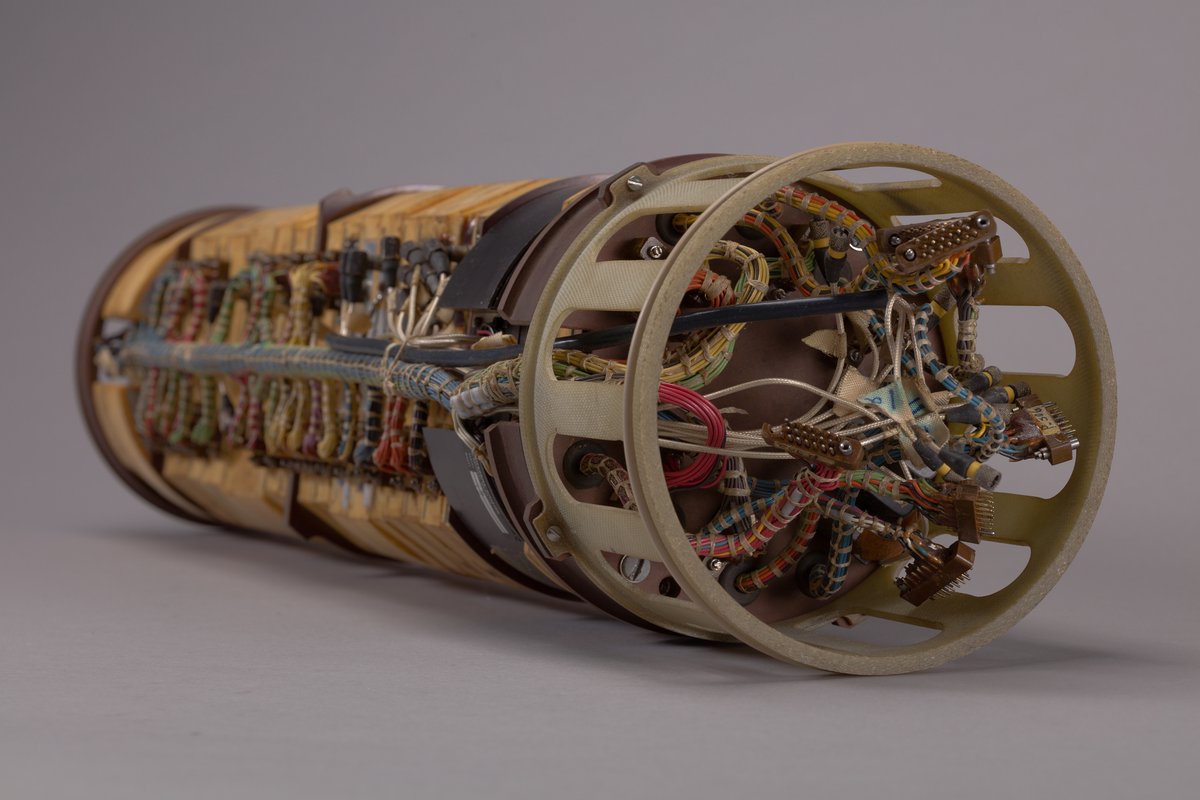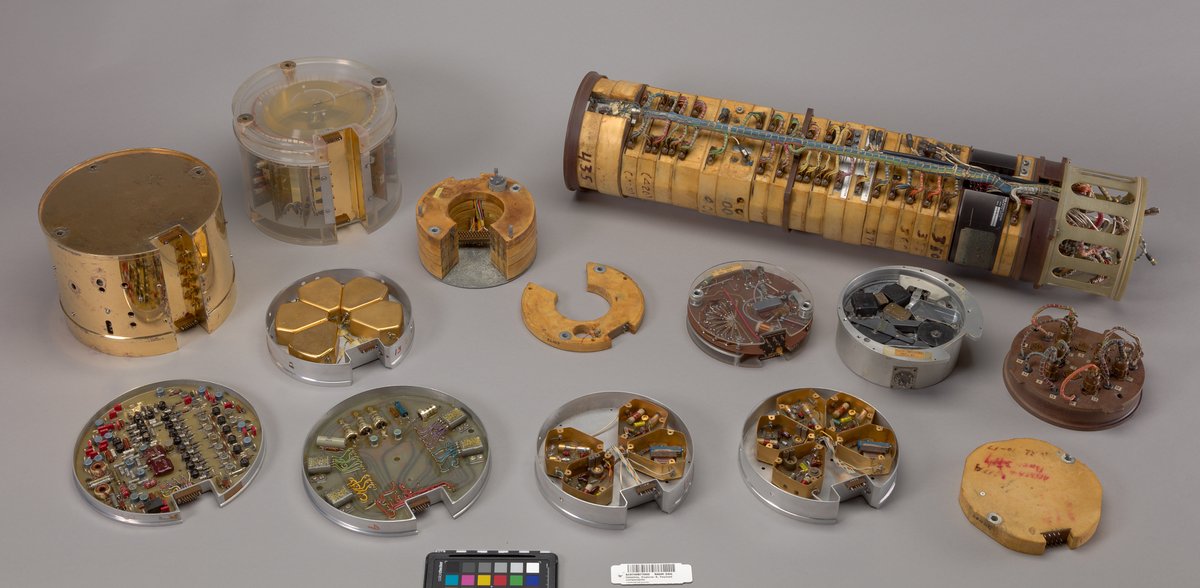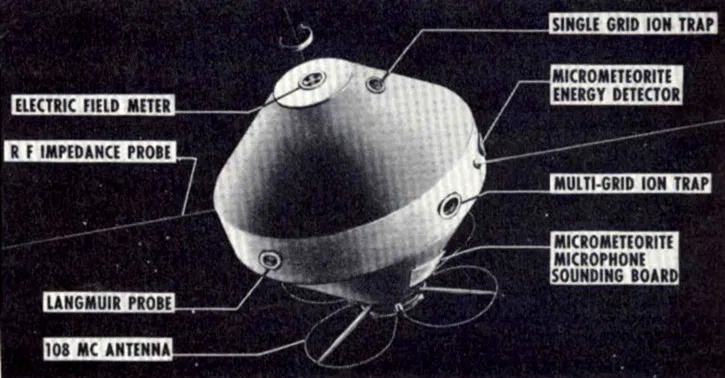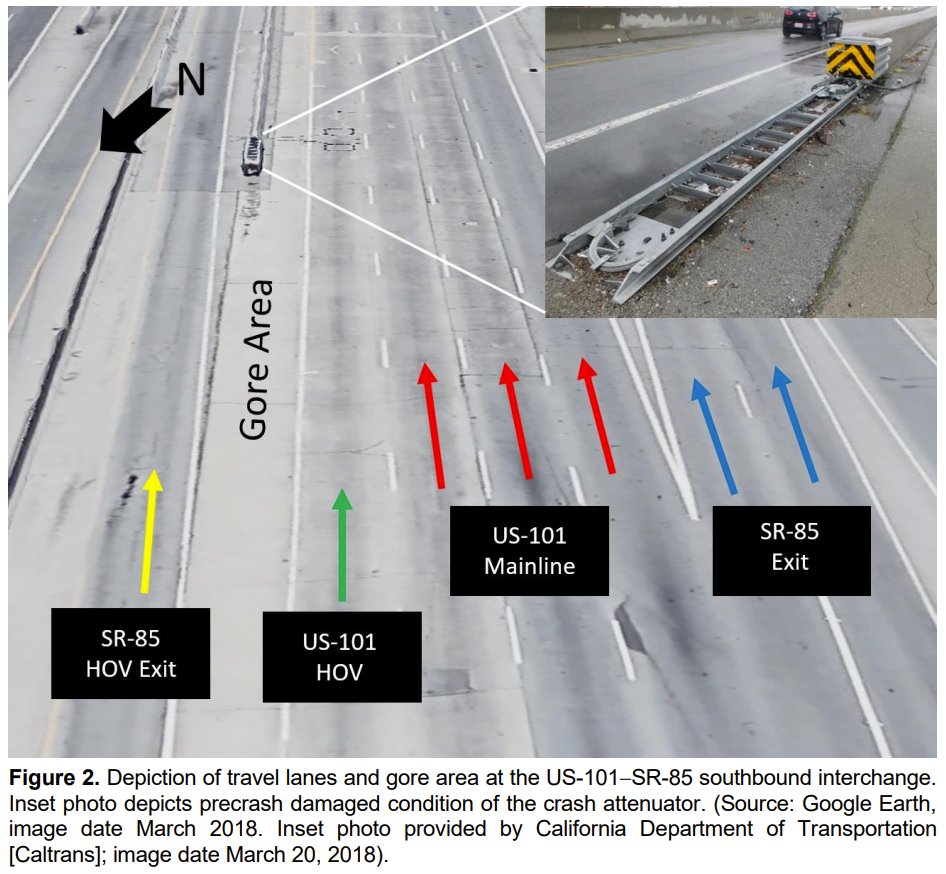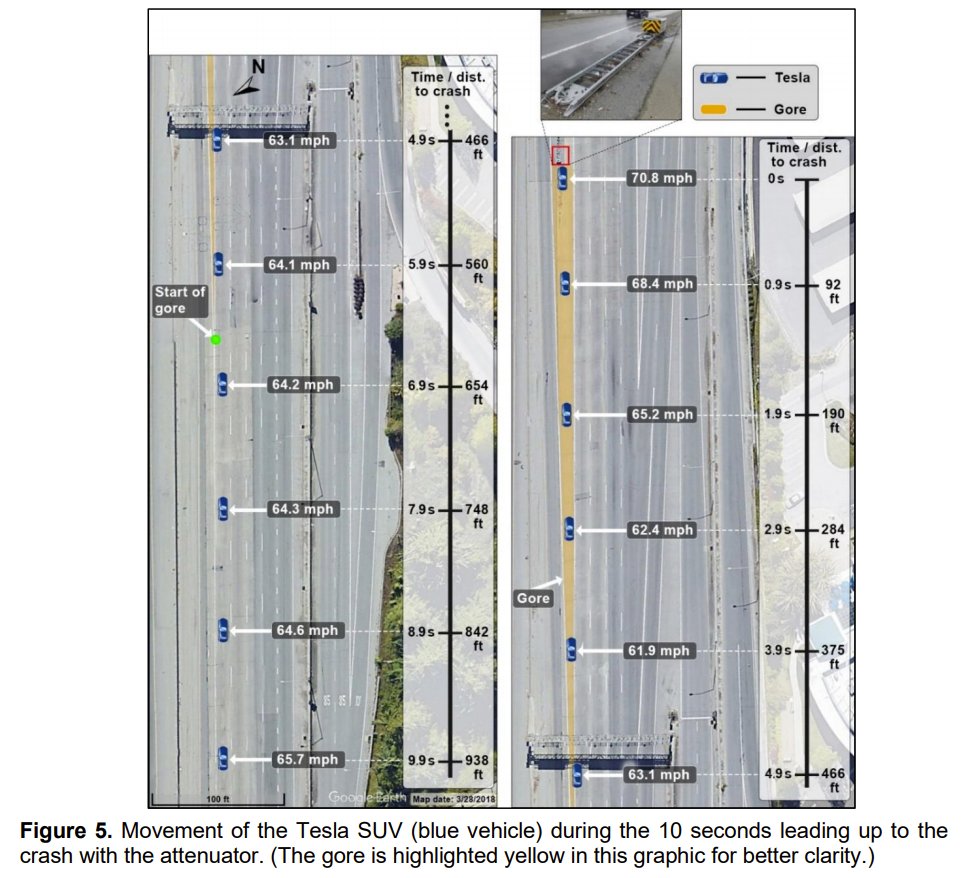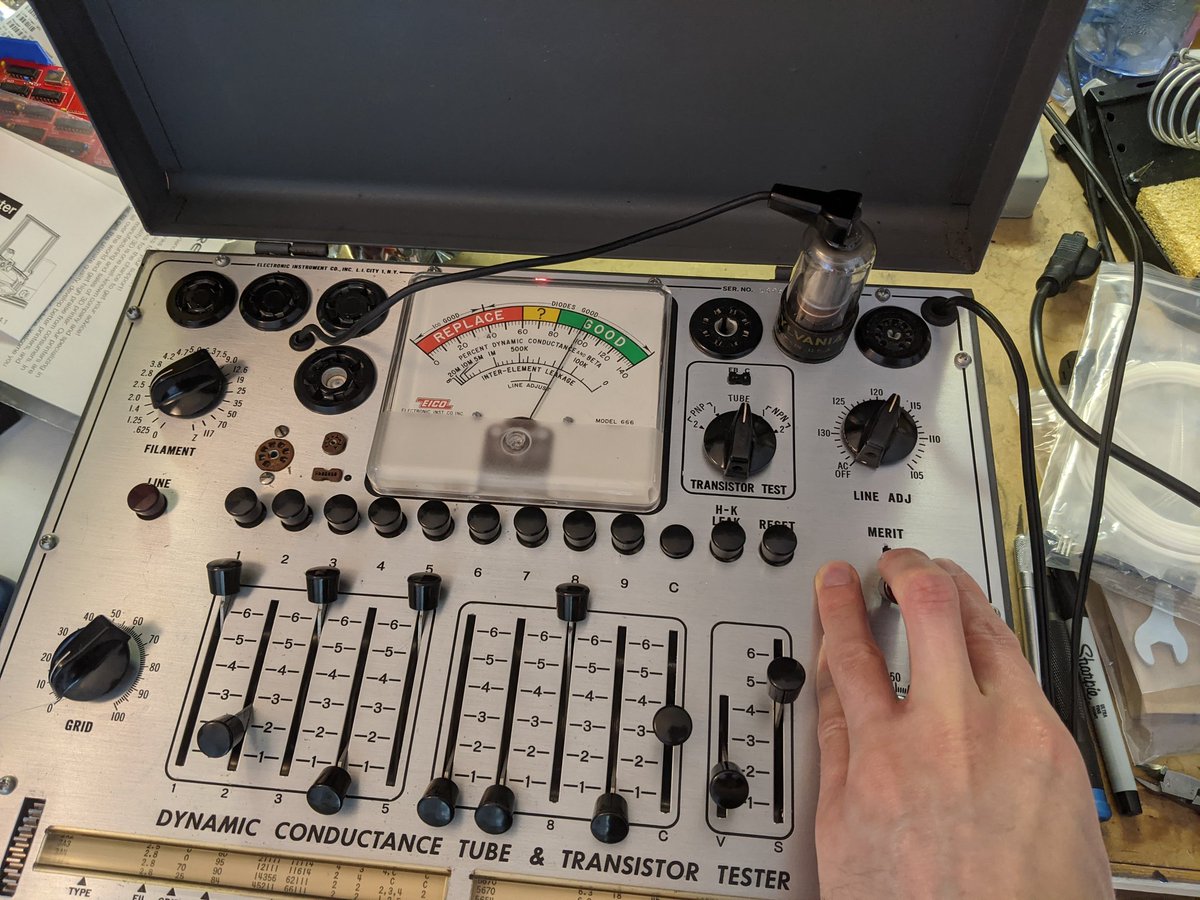
i'm happy to announce the release of my latest sound card, the Snark Barker MCA! this is a Sound Blaster compatible card designed for Micro Channel bus computers, including the IBM PS/2 family.
the full open-source design is available here: github.com/schlae/snark-b…
the full open-source design is available here: github.com/schlae/snark-b…

this is not a product that i plan to sell, but it is a design that technically-inclined folks can fabricate.
fortunately, due to the permissive open-source license, others can fabricate and sell the cards!
fortunately, due to the permissive open-source license, others can fabricate and sell the cards!
here's the epic design thread. this card was a lot of work to design and troubleshoot!
https://twitter.com/TubeTimeUS/status/1299181646755708928
so why design a sound card for a PC bus that hasn't been used in 25 years? this is why:
ebay.com/itm/CT-5320-B-…
ebay.com/itm/CT-5320-B-…

• • •
Missing some Tweet in this thread? You can try to
force a refresh








